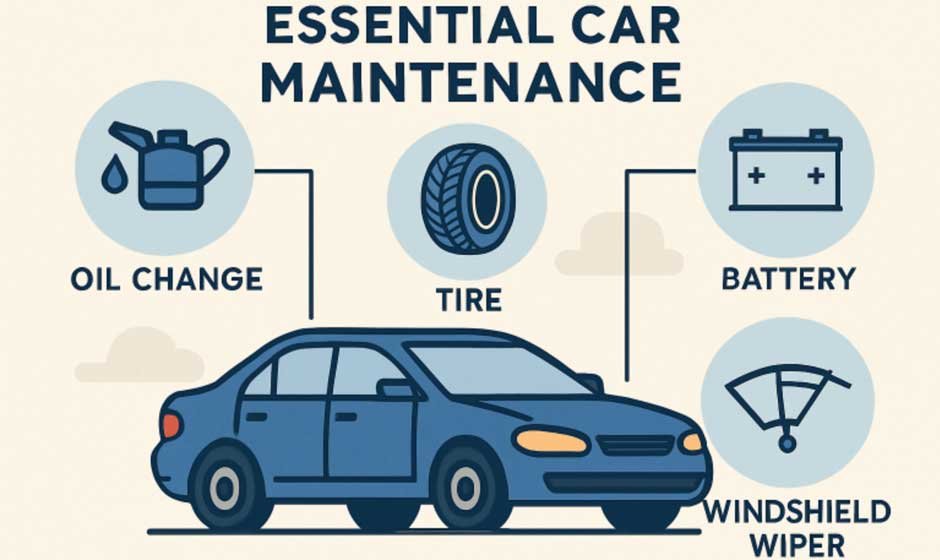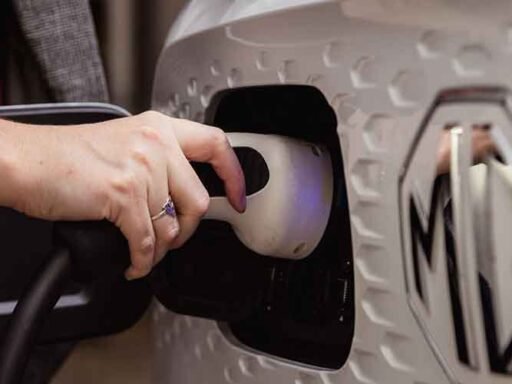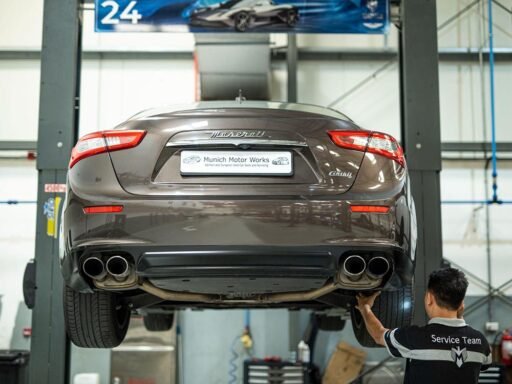Proper car maintenance is not just about keeping your vehicle looking its best—it’s about ensuring safety on the road, maximizing fuel efficiency, and protecting your investment. Whether your vehicle is brand new or purchased from reputable used car dealers, regular maintenance routines can prevent unexpected breakdowns and expensive repairs.
Understanding the essentials of vehicle care makes you a more responsible owner, increases your car’s lifespan, and improves daily driving performance. Drivers who stay proactive about routine maintenance enjoy greater peace of mind, fewer roadside emergencies, and enhanced resale value.
Neglecting basic upkeep can cause damage across key systems, drain your wallet, and compromise your safety. Avoid costly issues by making a checklist and setting reminders for crucial vehicle maintenance tasks.
If you ever find yourself searching for trustworthy used car dealers near me, remember that your new purchase will only serve you well if you care for it regularly and pay attention to basic vehicle health.
Regular Oil Changes
Engine oil is vital in lubricating engine components, reducing friction, and dissipating heat. Following your manufacturer’s guidelines—typically every 5,000 to 7,500 miles—will protect against engine wear and breakdowns. Forgetting oil changes can lead to poor engine performance and even catastrophic failure. According to Consumer Reports, even modern cars need consistent oil changes for optimal health, despite advances in oil technology.
Monitor Tire Health
Tires are your car’s only contact with the road, making their health a top safety priority. Check tire pressure at least once a month and before long trips, adjusting to the levels printed inside your driver’s door. Low or uneven tire pressure can reduce mileage and risk blowouts. Tread wear should be measured regularly, and tires rotated every 6,000 to 8,000 miles to promote even wear. Watch for patterns that indicate alignment or suspension problems, and replace tires that have become bald or damaged.
Inspect and Replace Air Filters
Clean air filters keep dirt, dust, and debris out of your engine, allowing it to breathe freely. A clogged air filter strains your engine, hurting both power and fuel efficiency. Most cars require filter replacement roughly every 12,000 to 15,000 miles, but you should check your owner’s manual for specifics. Checking and replacing your air filter on schedule is a straightforward way to keep your engine running smoothly and maintain emission system health.
Check Fluid Levels
Modern vehicles rely on multiple vital fluids: coolant, brake fluid, transmission fluid, and windshield washer fluid, among others. Monitoring these levels monthly and topping them off as needed can prevent dangerous situations and expensive fixes. For example, low coolant can cause overheating, while old brake fluid affects stopping power. Consult your vehicle’s manual for recommended fluid types and replacement intervals, and consider having fluids tested or changed during each oil change for added peace of mind. For further fluid maintenance tips, refer to the advice from NerdWallet’s car maintenance checklist.
Test Battery Health
A reliable battery is essential to powering all of your car’s electrical systems and getting you started in the morning. Inspect the battery and terminal connections for corrosion or signs of wear. If corrosion is present, clean the terminals with a wire brush and baking soda solution. Since most car batteries last three to five years, have your battery tested annually once it reaches the three-year mark. Unexpected battery failure is a primary cause of roadside breakdowns, so preventive checks are worth your time.
Maintain Brake System
Your safety depends on a properly functioning brake system. Listen for squealing, grinding, or vibrations, all indicating worn pads or rotors. Have your brakes inspected at least once a year or if you notice decreased responsiveness or longer stopping distances. Catching worn pads early can prevent more serious—and costly—damage to rotors or calipers. Always prioritize prompt inspection if warning lights appear on your dashboard.
Replace Windshield Wipers
Functional wiper blades are often overlooked but are crucial to safe driving in rain or snow. Streaking, splitting, or chattering noises are signs that it’s time for new blades, which should be replaced every six to twelve months. Ensure your windshield washer reservoir is full and nozzles are clear of debris for optimal visibility in all weather conditions.
Keep Your Car Clean
Regular exterior and interior cleaning extends your vehicle’s life and preserves value. Washing and waxing guard against corrosive debris, road salt, and UV damage, while interior cleaning prevents wear and accumulates allergens or dirt. Review recommendations from The New York Times’ Wirecutter for additional tips on protecting your car’s appearance and components.
Conclusion
By following these essential car maintenance tips, you’ll enjoy better performance, improved safety, and fewer costly surprises on the road. From routine oil changes to keeping your car spotless, regular care is an investment that pays off for every kind of driver. A well-maintained vehicle is a reliable companion, providing safe transportation for years.





